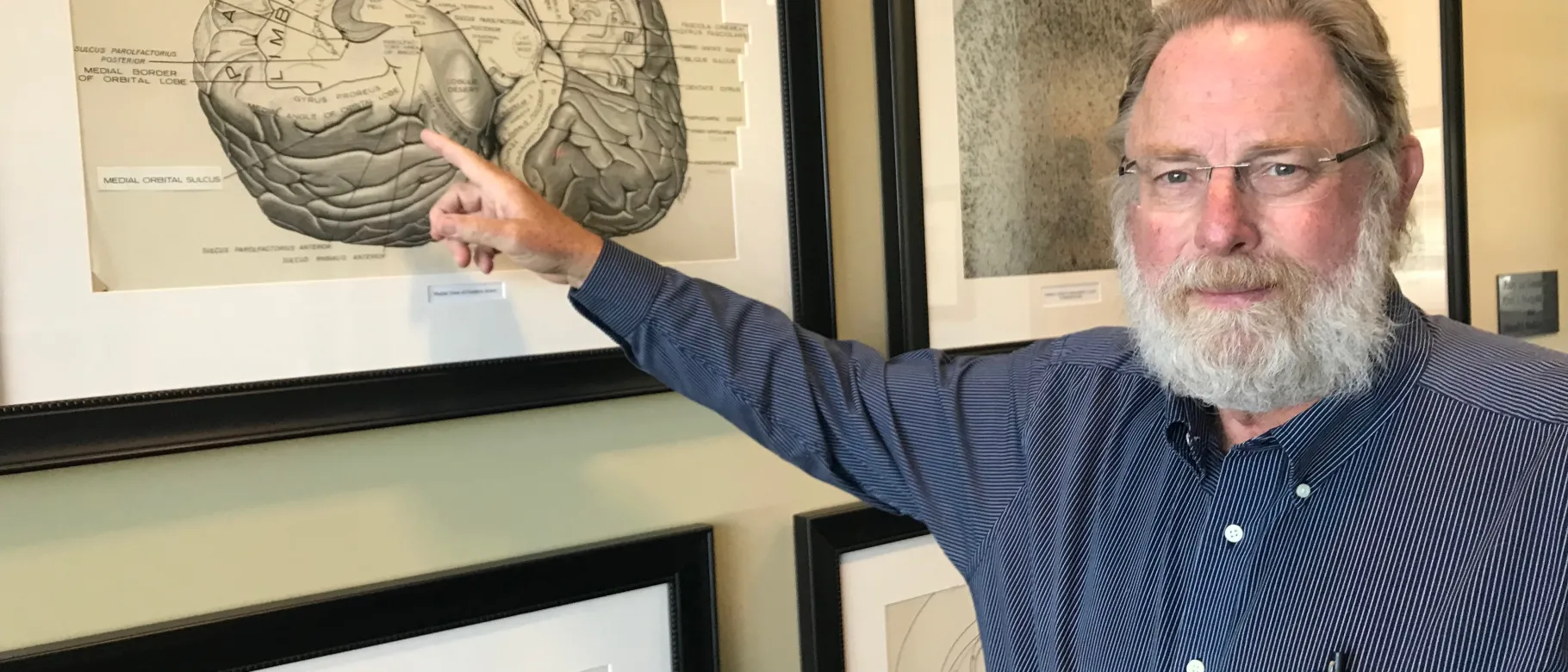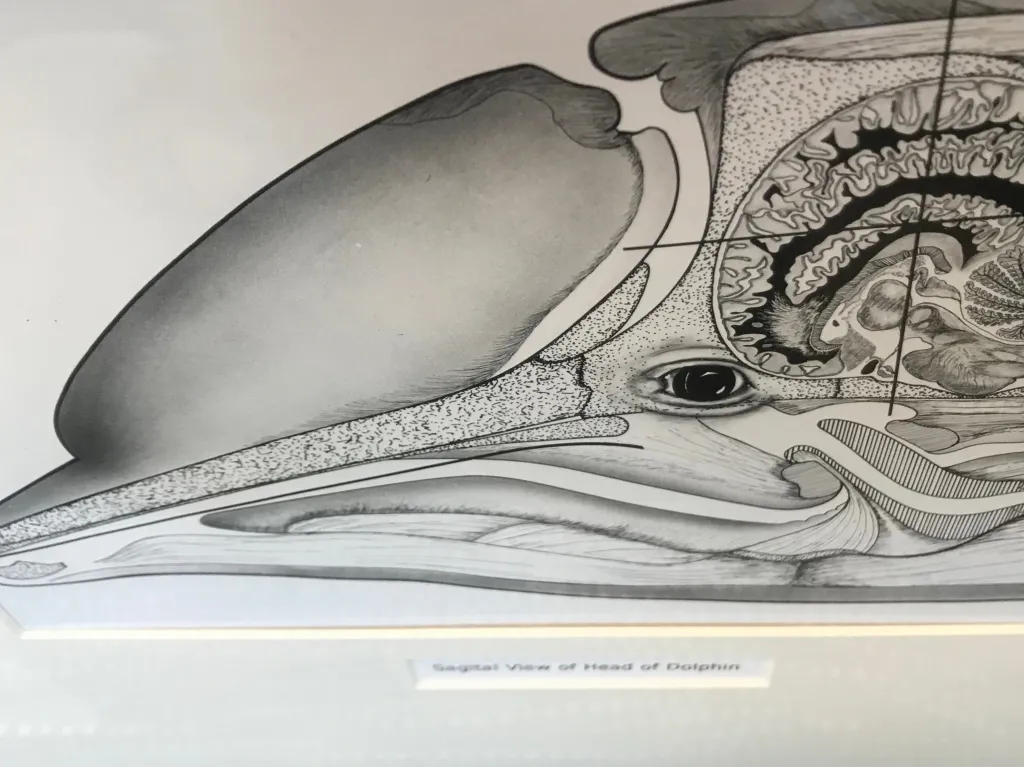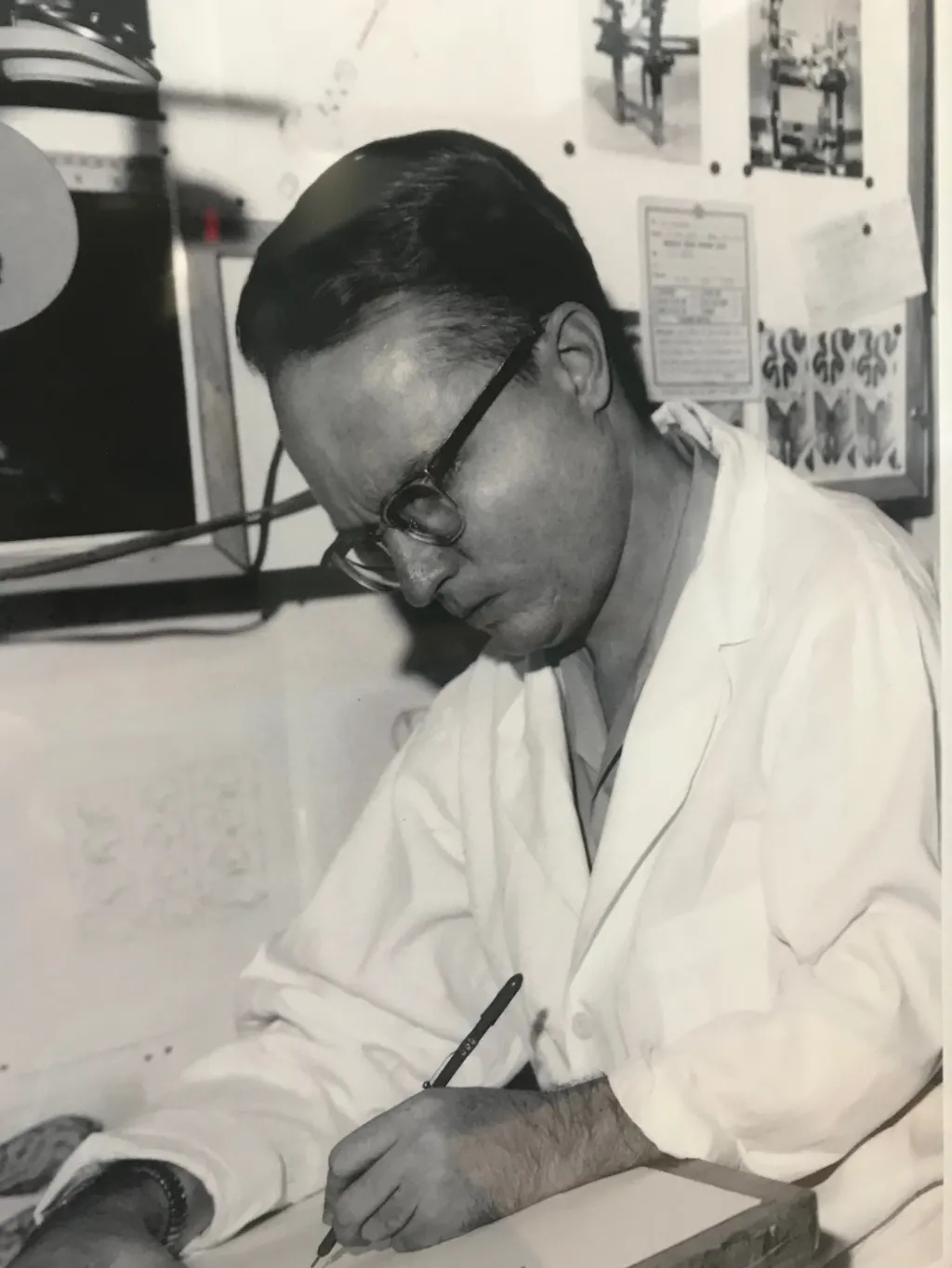UNE researchers working to keep Peter Morgane’s legacy of research alive

Dolphins are one of the smartest animal species on earth. Their brain size compared to their average body size is second only to humans.
Professor Peter Morgane, Ph.D., began his research into the brains of whales and dolphins in the 1960s at the University of Miami. It is work he continued after coming to UNE in 1985, right up until his passing in 2010.
“He would look at how the dolphin brain structure differs from the human brain or any other brains,” said David Mokler, Ph.D., interim chair of the Department of Biomedical Sciences and professor of Pharmacology.
Mokler worked with Morgane, studying the brains of rats. He also followed Morgane’s work with dolphins closely.
“Dolphins behave in certain ways similar to humans in terms of sight and sound, being able to function, find food and reproduce, yet their brains are structured very differently than ours,” he explained. “The area of the brain that dolphins use for sonar is much bigger than ours. Their eyesight isn't that good, so their visual cortex is very small.”
Patrick Hof of the Icahn School of Medicine at Mount Sinai also worked closely with Morgane. Hof recently visited UNE to give a talk and to look over the collection of research items and documents that Morgane left to UNE.
“Going through the collection, we found a series of large photographs of a whale brain being sectioned, and Patrick looked at it and said, ‘That's something that nobody has,’” said Mokler.
Hof also has a research collection of his work with Morgane. He and Mokler would eventually like to see the materials maintained in a digital library that researchers across the globe would have access to.
Some UNE students interested in the work have started sorting through the collection and organizing it.
“If we can continue to look at other brains and compare and contrast how they work and how they're put together, we can get a much better understanding of our brains,” Mokler said.
Peter Morgane and his late wife, Cécile, are the largest individual donors in UNE's history. Their generosity ensures a legacy of research that will honor their memory for many generations of UNE students and faculty to come.

